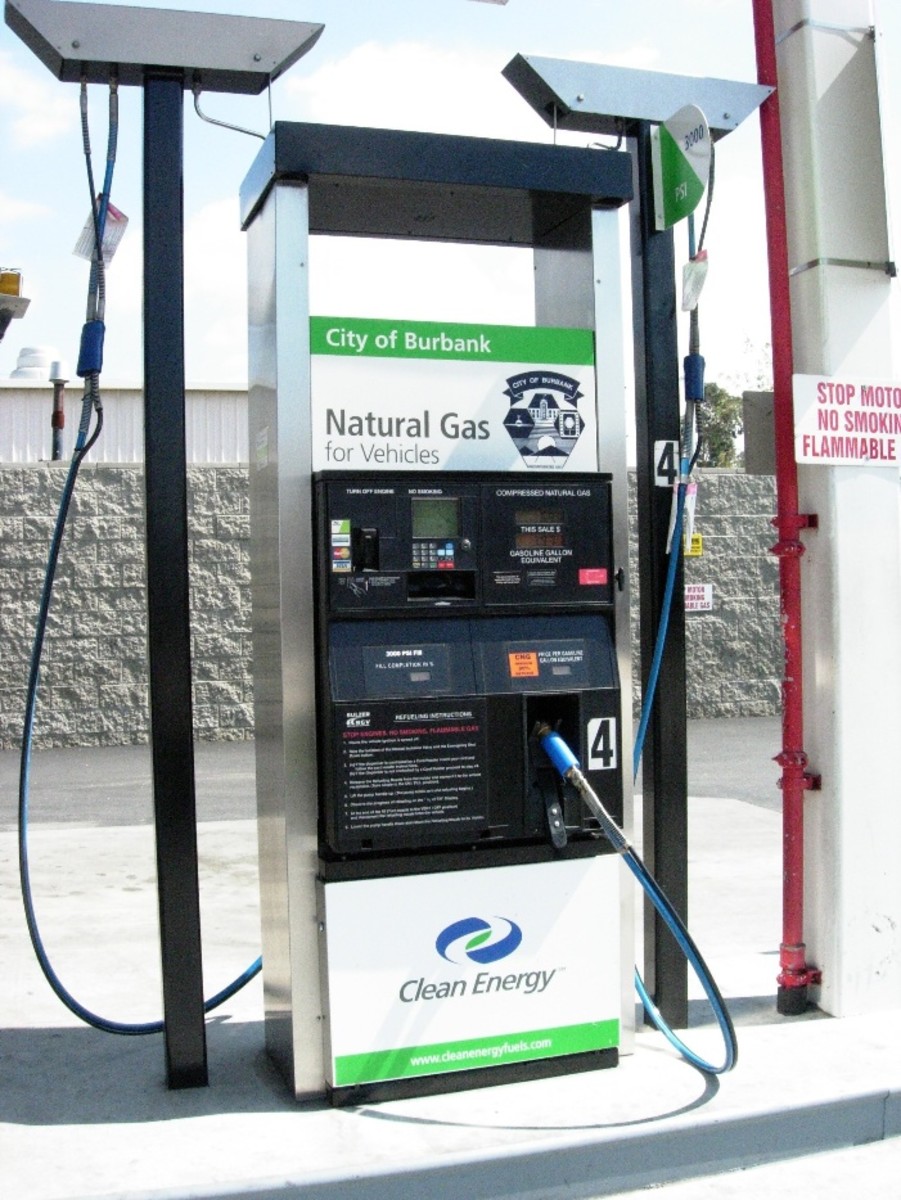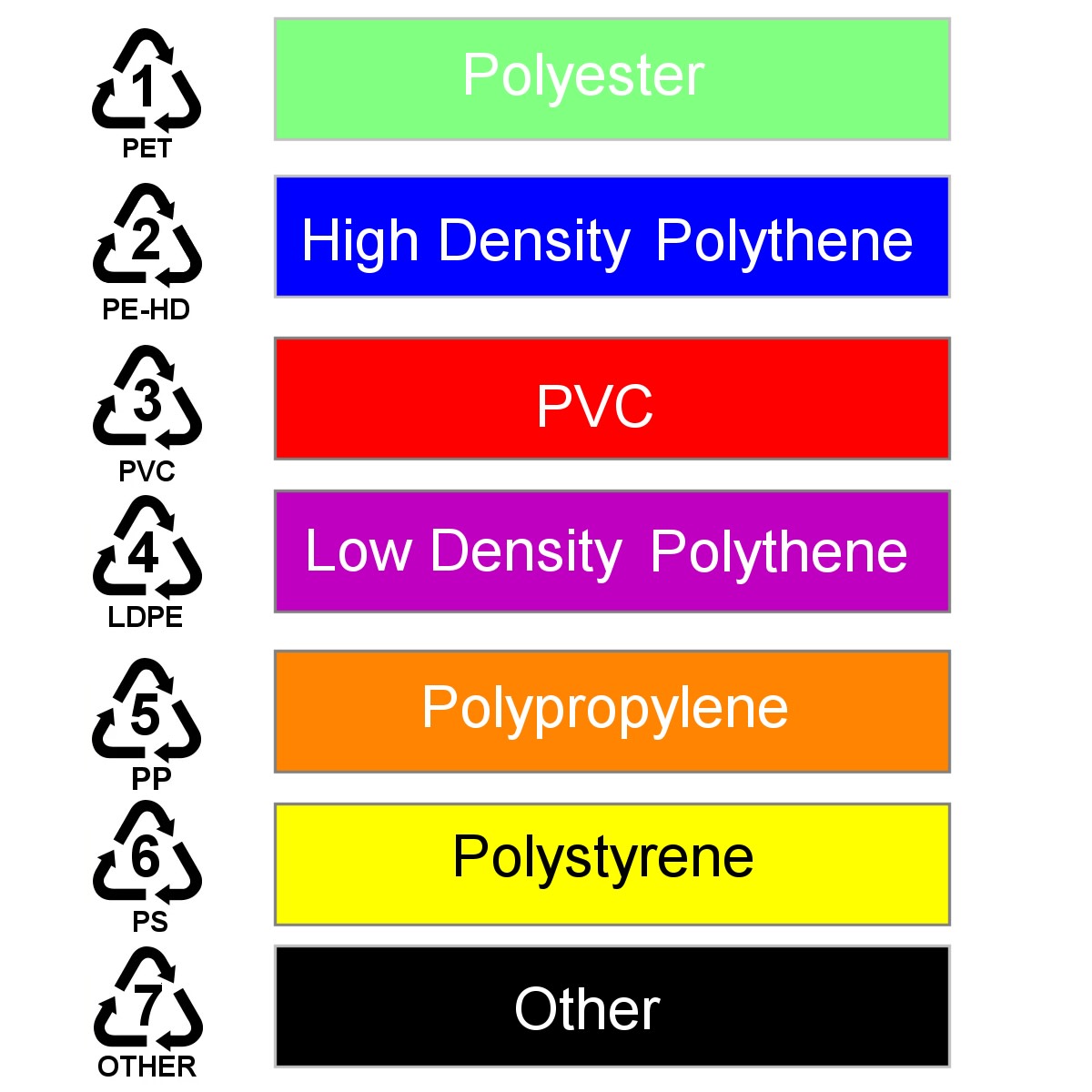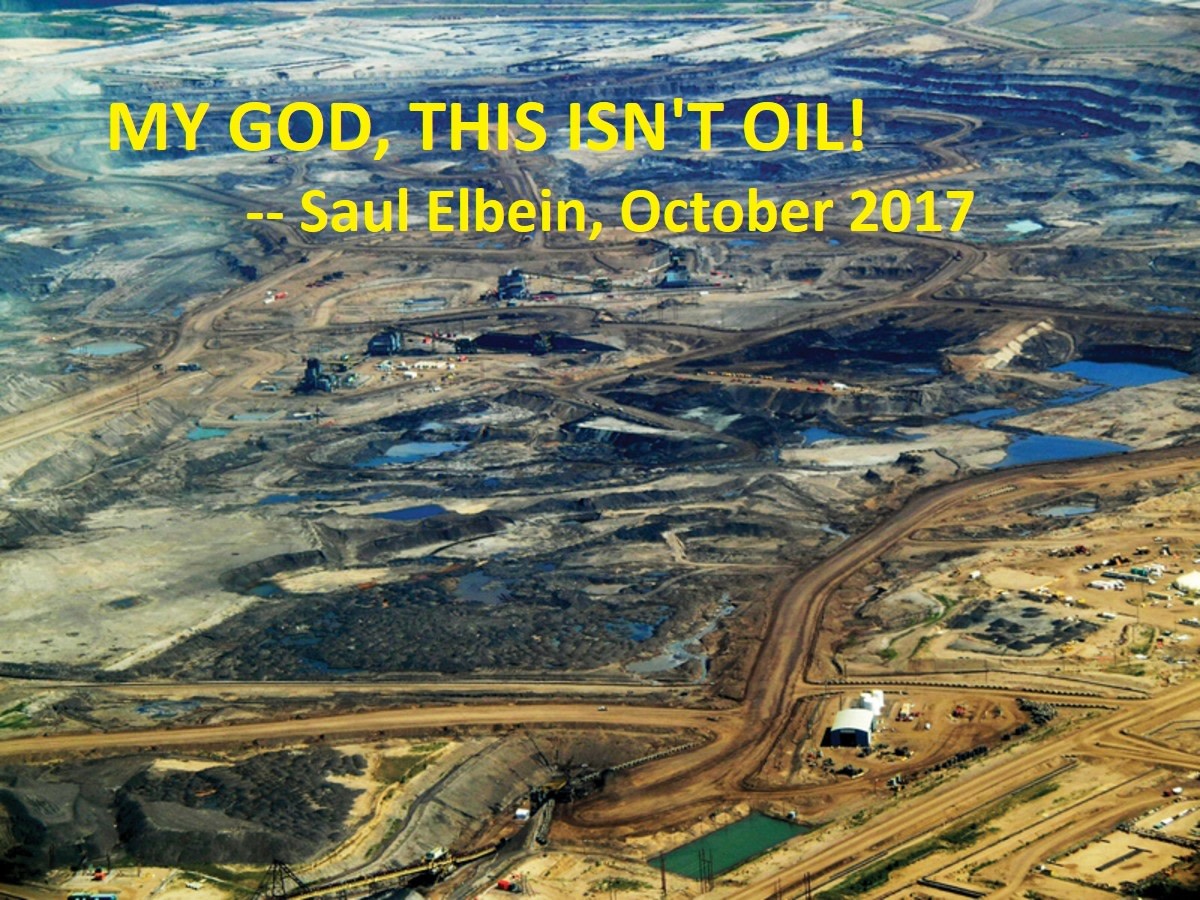Oil From Shale Costs
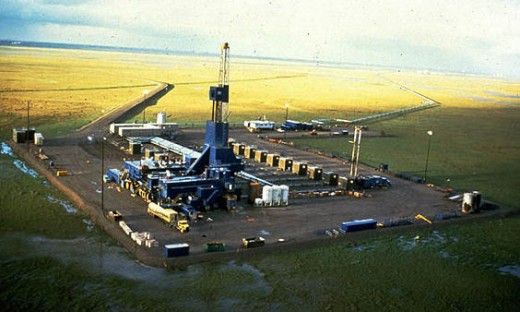
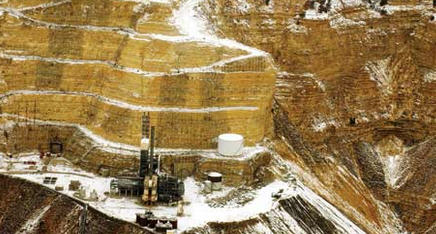
According to a 2004 U.S. Department of Energy report, the United States is home to two trillion barrels of the world’s estimated 2.6 trillion barrels of shale oil. Almost all of the U.S. shale is found in the Green River Basin in Colorado, Utah, and Wyoming. The Bakken oil shale discovery increases this to North Dakota and Alberta, Canada, Sitting under Nevada, east of Las Vegas, an estimated of four billion barrels of oil sit, much of it as "black gold" not shale. With so much oil in the USA, why does America depend on Saudi Arabia?
That is the million dollar question.
It costs. That is the short answer. It is cheaper to get from OPEC. Obtaining oil from shale rock is costly and it is only cost effective for companies if the price per barrel stays above $75 a barrel. Unlike cheaper oil wells that pump out the liquid, shale rock mining is incredibly expensive from $5 to 10 million a well. Recovering shale oil also has the potential to contaminate ground water and produce toxic waste. One method is to burn the shale to get the oil, but this creates too many pollutants. New technology involves various methods of heating the oil in the shale rock so that it becomes liquid and then pumping it out.. This way, the mining of the shale rock is avoided and its excavation not needed, which create huge environmental issues. There is also natural gas to be mined. Total US recoverable natural gas resources (includes conventional, unconventional in lower 48, Alaska and offshore) totals 4.244 quadrillion cubic feet. That is enough natural gas to meet US electricity demand for 575 years, enough natural gas to fuel homes heated by natural gas in the United States for 857 years, and more natural gas than Russia, Iran, Qatar, Saudi Arabia, and Turkmenistan combined!
In Southern California, is the largest shale oil formation estimated to hold 15.4 billion barrels or 64 percent of the total shale oil resources followed by Bakken (North Dakota, Canada) and Eagle Ford (Texas) with approximately 3.6 billion barrels and 3.4 billion barrels of oil,
Another frequent method to obtain shale oil is fracking. The use of fracking to access deep shale formations requires millions of gallons of fresh water, acres of land per well pad, and the use of undisclosed chemicals. It is labor intensive and riddled with dangers to the local environment. Many communities near shale oil or gas sites have numerous laws controlling this, which companies are forced to deal with. Companies who want to oil shale\gas are forced to spend millions more to insure public dangers do not exist and reclamation of the land is done.
Another problem facing extraction are geologic rock formations that complicate drilling and extraction. In Nevada, a few companies are drilling exploratory wells down to 5000 ft. and come up dry. These wildcat wells can cost upwards to $100,000 per well because of the remote locations where oil deposits seem to be. Simply getting the infrastructure up and running, transporting, personnel out in the middle of nowhere and few roads are part of the whole issue. Until the exploration wells pay off, the investment is in the red.


